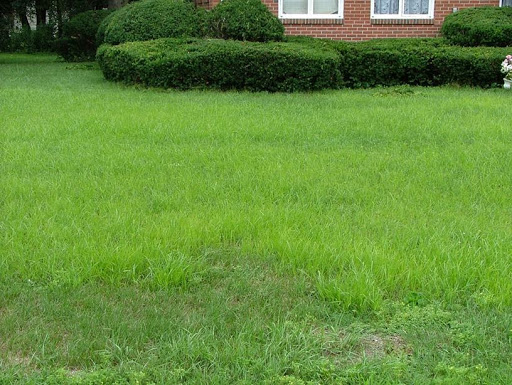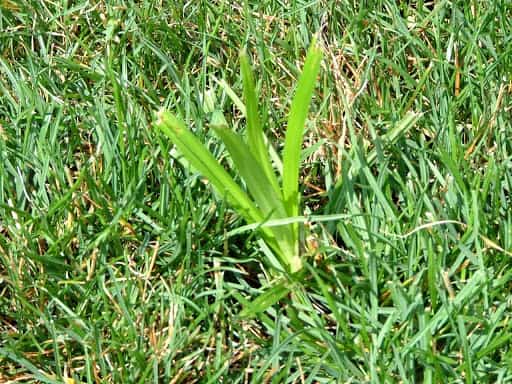Your Cart

Weed Man North DFW Nutsedge Fact Sheet
Nutsedge is a common weed found in many home lawns and other turfgrass areas in the United States. There are many different types of nutsedges but yellow and purple nutsedge are the most common turf pests. Nutsedges are easy to distinguish in your lawn due to their characteristics in growth habit, light green color and rapid growth rate resulting in a nonuniform turf. This weed most likely came onto your property with your sod, which is why your lawn may have it but your neighbor's lawn does not. Yellow and purple nutsedge are perennial plants. They usually die back in the fall as temperatures decrease but the tubers and rhizomes of the plant will survive in the soil to sprout next spring. Tubers are usually in the top 6 inches of the soil and can remain dormant for up to three years before germinating. The key to managing yellow and purple nutsedge is limiting the amount of tubers and their production. Removal by hand is not recommended as the clay soil in North Texas will not allow you to remove the entire plant's tubular structure, causing it to produce 2-3 more plants to replace the one you pulled. Treating the plant while actively growing with a special herbicide is the most effective way to eradicate the plant. Weed Man North DFW Can Help Your Weed Man North DFW team is here to help. Weed Man's turf specialists can recognize nutsedges and make recommendations to help your lawn. Weed Man's specially blended slow release fertilizer applied at the right time is the first step in preventing nutsedge. Weed Man's fertilizer helps create healthy turf by slowly feeding the lawn as it needs it encouraging deep rooting systems that will prevent nutsedges from growing. Your Weed Man North DFW team will also be able advise you on any other solutions that may be necessary to help your turf remain healthy and nutsedge free.
Although nutsedges are often referred to as "nutgrass" and resemble grasses, they are not grasses but true sedges. Their leaves are thicker and stiffer than most grasses and are arranged in sets of three at the base. Yellow nutsedge has light brown flowers and seeds, and purple nutsedge flowers have a reddish tinge and the seeds are dark brown or black. Life Cycle
Life Cycle
 Control
Control
Additionally, improper watering practices will exacerbate the problem. One of the most common mistakes with an irrigation system is operating it during periods of the year when rainfall is regularly occurring. The sprinkler system is there to water the lawn and landscape when rainfall is not regularly occurring, typically from as early as May to as late as the end of September. All other months of the year do not usually require you to operate the irrigation system. The general rule of thumb is turn the system on in the spring ONLY after no rain has occurred for a week and no rain is in the upcoming forecast. Then turn the system off in September as soon as rainfall returns. This will not only help reduce nutsedge significantly, but will save you money on your water bill while also saving a precious resource.
Overwatering the lawn will also cause nutsedge to flourish. Please follow our recommended Watering Instructions to properly program your sprinkler system to ensure a healthy lawn.
